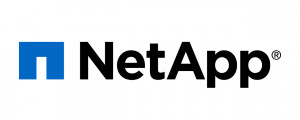By now you’ve probably heard the rumor that the government collects a lot of data. A lot. Take this number as an example: in 2013 the total amount of data in the world was 4.4 zettabytes. By 2020, that number will rise to 44 zettabytes. To put that in perspective, one zettabyte is equivalent to 44 trillion gigabytes. And the government is responsible for a third of that data collected.
So where does all this data go? How can agencies avoid becoming data hoarders, and actually use and analyze the data they’ve collected? The answer is better storage and one potential solution is flash storage. Flash is a data repository or storage system that uses flash memory, which allows government to better plan for their future data storage needs.
Join us on-demand as we explore the main benefits of flash storage for government.
By attending this training you’ll learn:
- Some common barriers facing agencies moving to flash storage.
- Insights from a GovLoop member survey on their storage needs.
- The four main advantages of using flash storage over other forms of storage options.
- How the government is currently leveraging flash storage.
Brought to you by:

